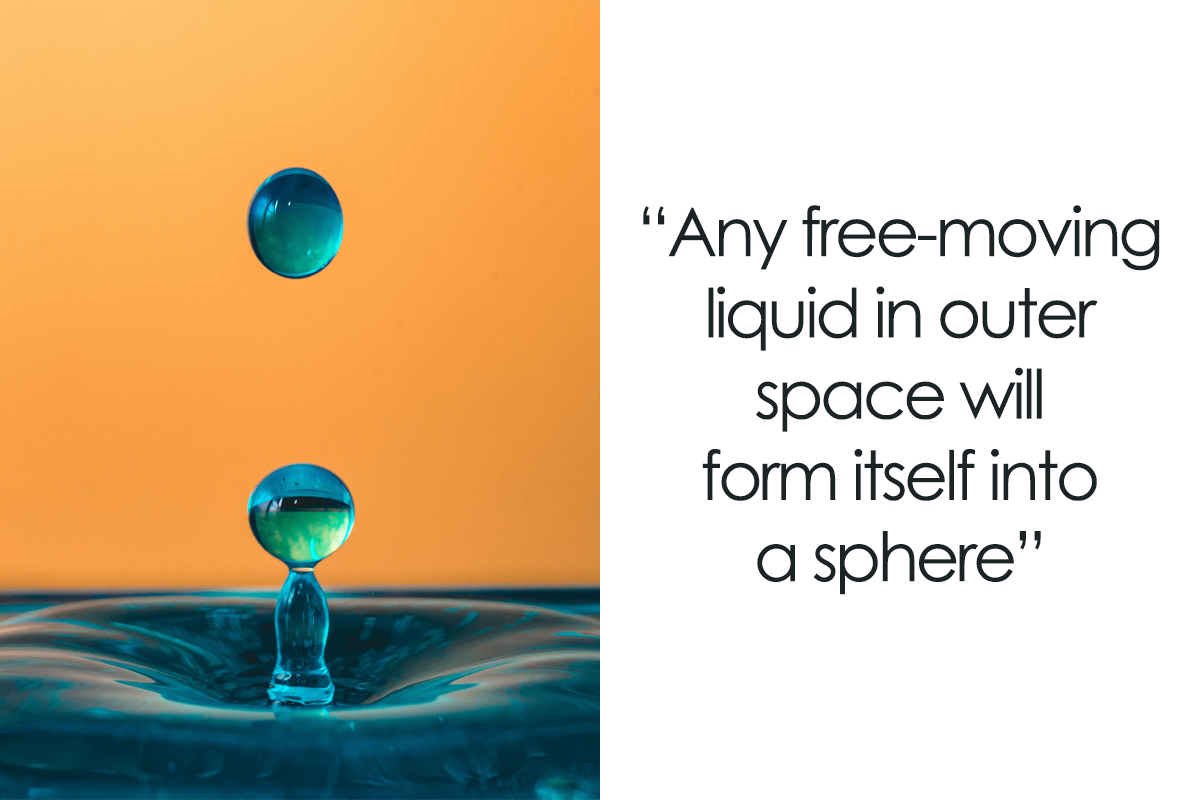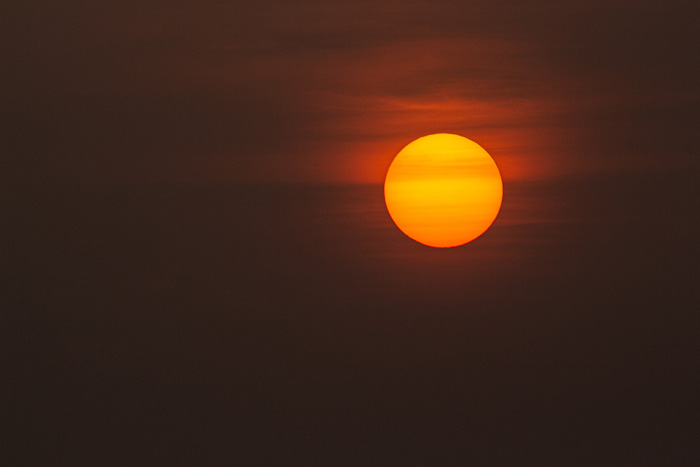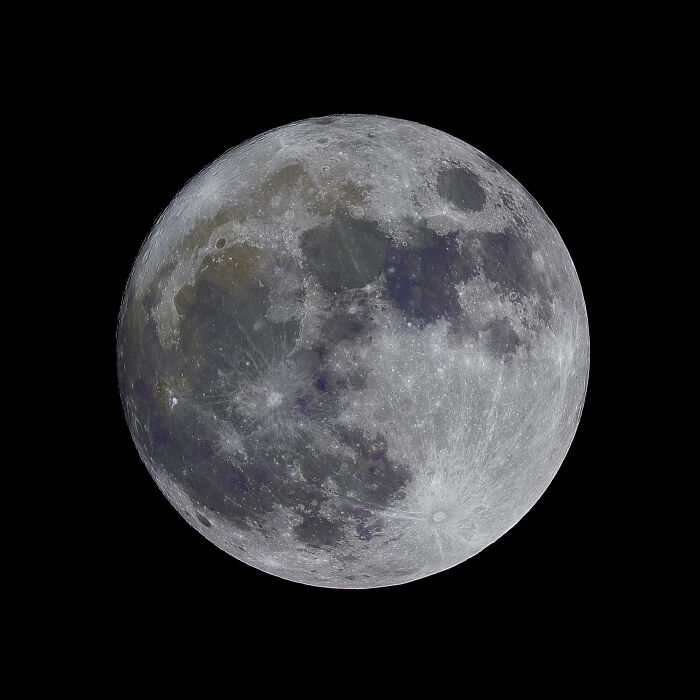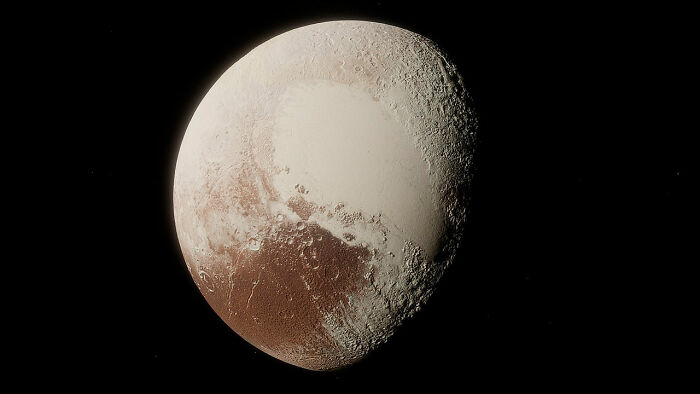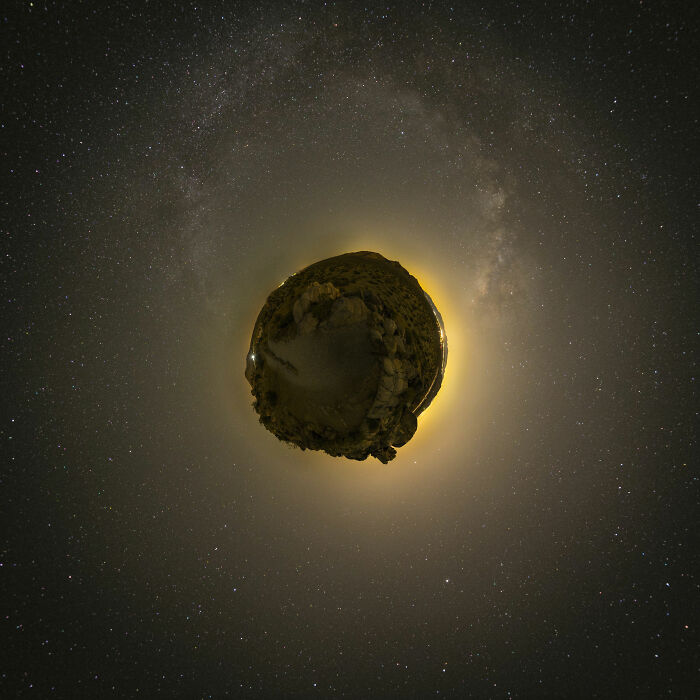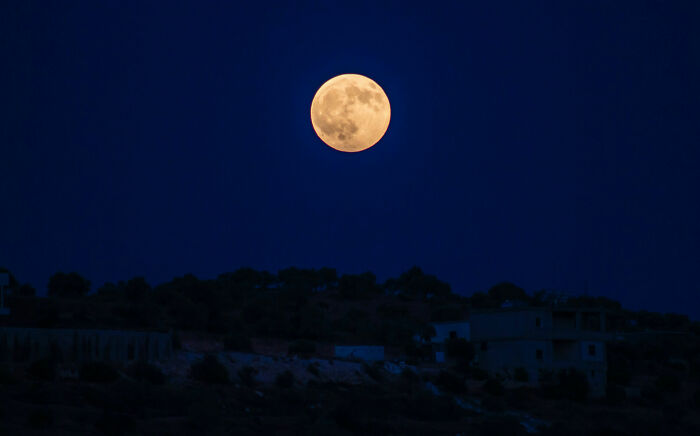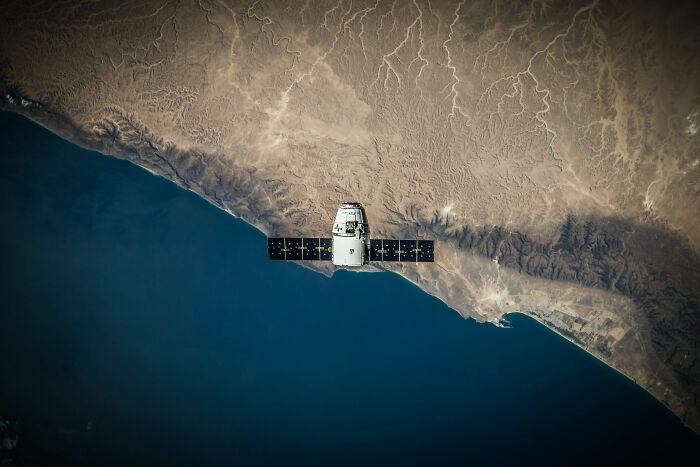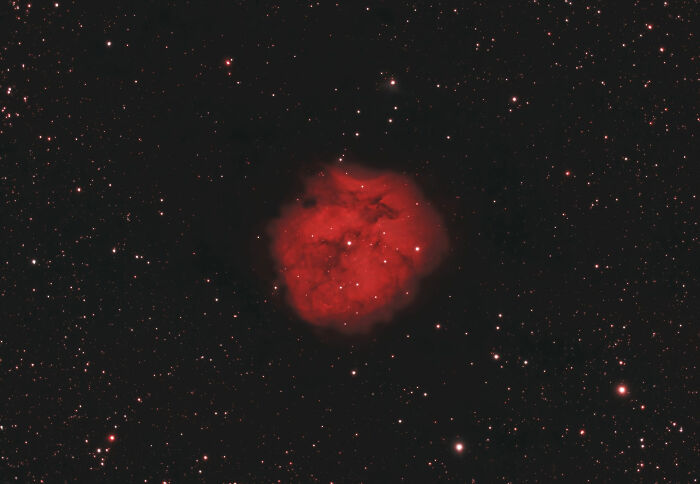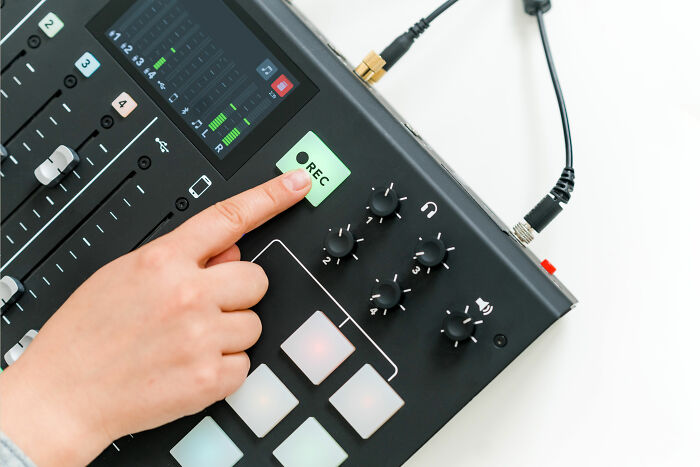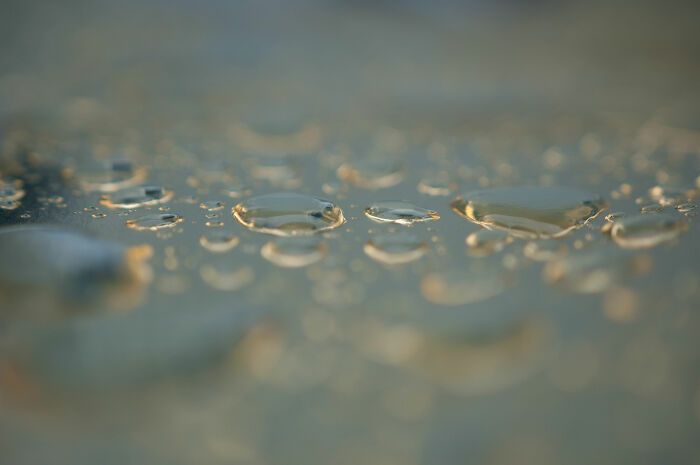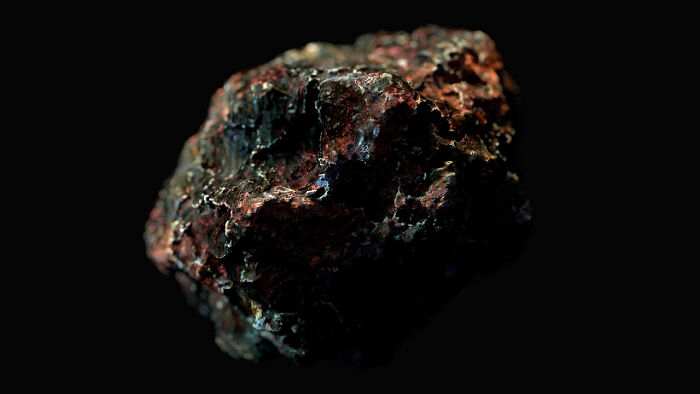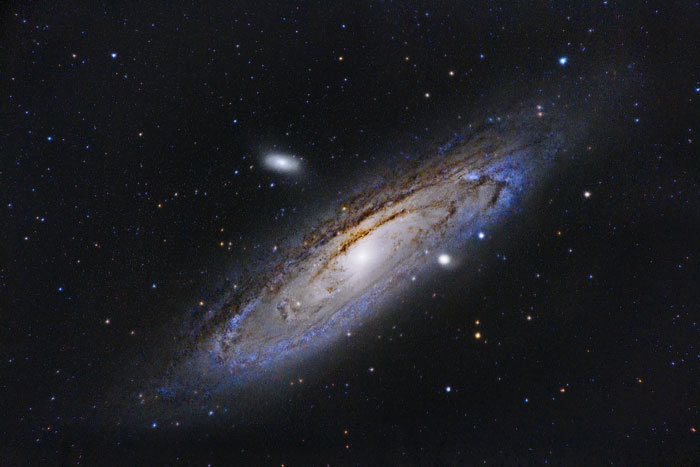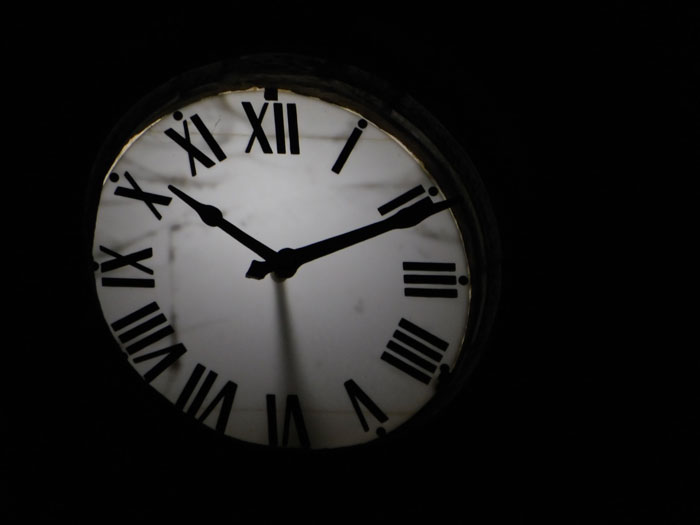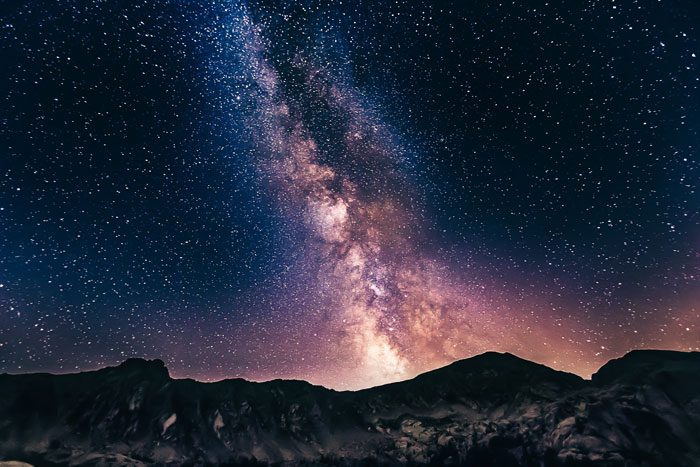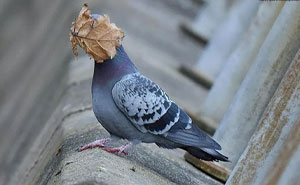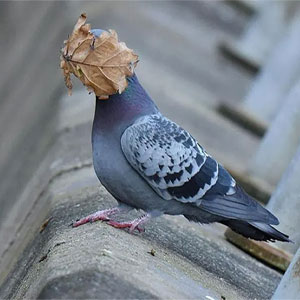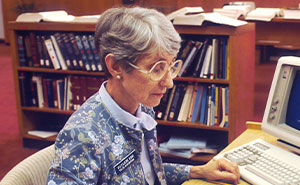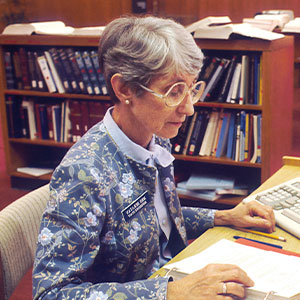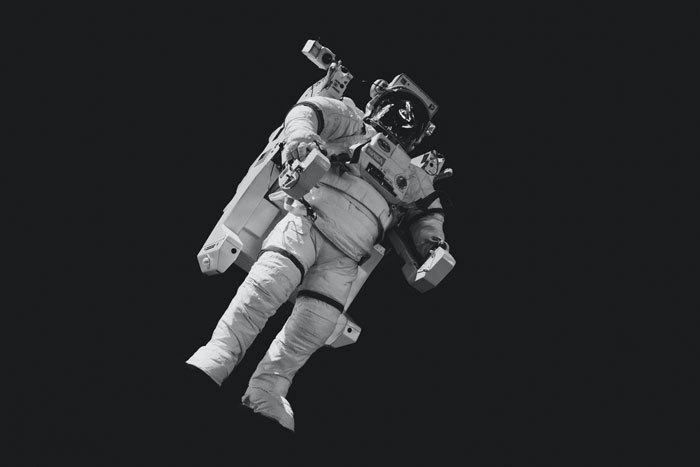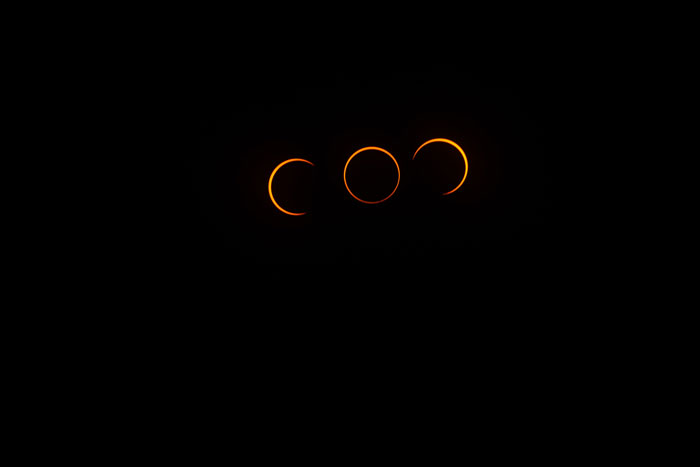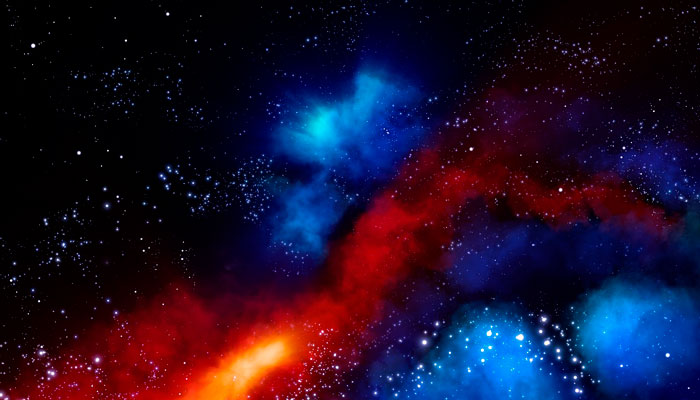Do thoughts about an endless sky above start bothering you minutes before you should fall asleep? Black holes make you unexplainably anxious? Are extraterrestrials real? As vast and unexplored as space is, there sure are plenty of cool scientific facts to put your mind at rest. And, to save you (and ourselves) from another sleepless night spent wondering about the miracles (or science) of the universe, we've rounded up some of the most important space facts in this fun little article.
From the length of the day on various planets in our solar system to diamond showers and the actual size of heavenly bodies compared to a unit of measurement we all understand - football stadiums - all the basics are covered in our facts about space. After the groundwork comes the more complex questions about gaseous compositions, thermodynamics, and such - no stone unturned in these cool facts about space! And, the further we dig into the core topics of our universe, the more at ease you'll probably start to feel. At least we do desperately hope that these fun facts about space will soothe you and calm you instead of scrambling your thoughts on black holes even further.
Now, jump into your moon boots, and let's explore the universe of cool space facts together! Although presumably, they should be somewhere higher up, the interesting facts are instead a bit further down. Once you are there, rank the bits of info by their unexpectedness and share this article with your friends!
This post may include affiliate links.
Any free-moving liquid in outer space will form itself into a sphere.
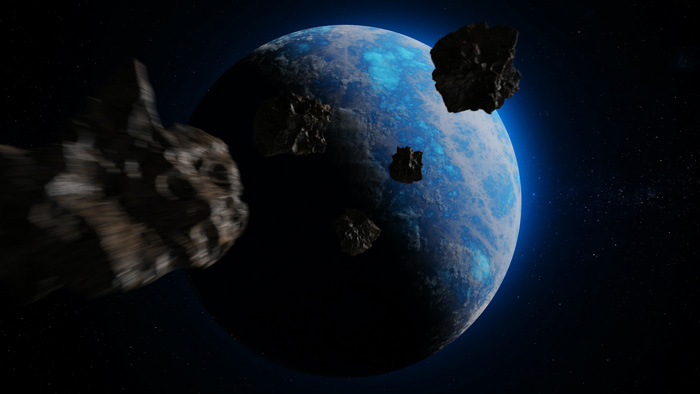 A large percentage of asteroids are pulled in by Jupiter’s gravity and it protects us from cosmic impacts.
A large percentage of asteroids are pulled in by Jupiter’s gravity and it protects us from cosmic impacts.
There are more stars in the universe than grains of sand on all the beaches on Earth. That’s at least a billion trillion!
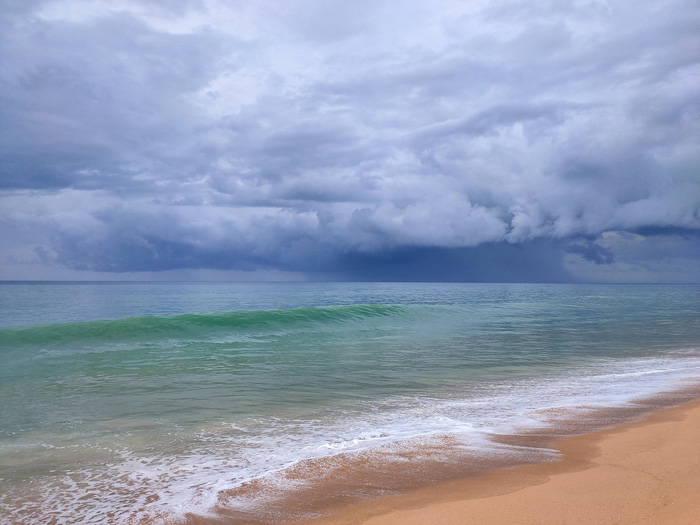 We know more about Mars and our Moon than we do about our oceans.
We know more about Mars and our Moon than we do about our oceans.
Scientists have found a void in space 1 billion miles wide that could be a parallel universe.
Saturn has a huge extra ring that was only discovered in 2009.
An asteroid about the size of a car enters Earth’s atmosphere roughly once a year – but it burns up before it reaches us.
Space is not completely empty, but there are only about ten atoms per cubic meter of space.
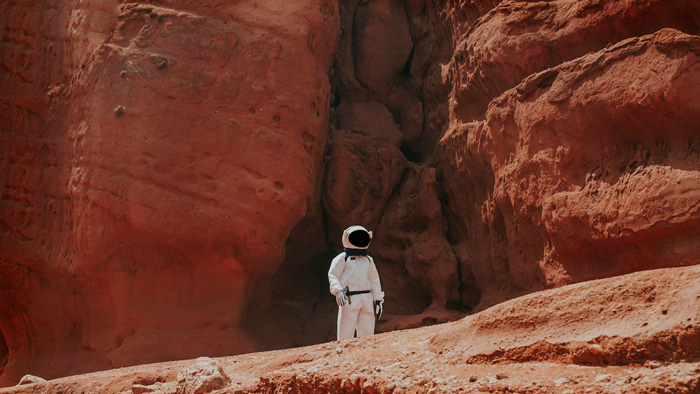 If you were to stand on the surface of Mars on the equator at noon, it would feel like spring at your feet (75°F or 24°C) and winter at your head (32°F or 0 °C).
If you were to stand on the surface of Mars on the equator at noon, it would feel like spring at your feet (75°F or 24°C) and winter at your head (32°F or 0 °C).
Ok, so the shoes and the hat are sorted out, but is it a T-shirt or a jacket in between?
Dung beetles can use the Milky Way for orientation.
This made no sense to me, so I looked it up. What the heck, dung beetles? Amazing stuff.
One million Earths could fit inside the Sun – and the Sun is considered an average-size star.
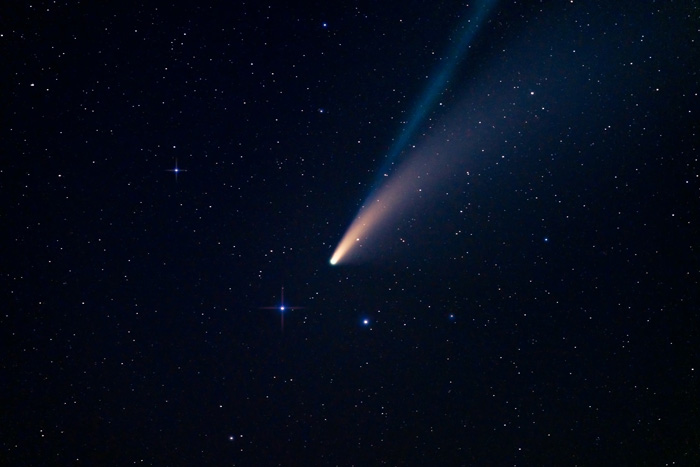 Comets are leftovers from the creation of our solar system about 4.5 billion years ago – they consist of sand, ice and carbon dioxide.
Comets are leftovers from the creation of our solar system about 4.5 billion years ago – they consist of sand, ice and carbon dioxide.
The moons of Uranus were named after characters created by Alexander Pope and William Shakespeare.
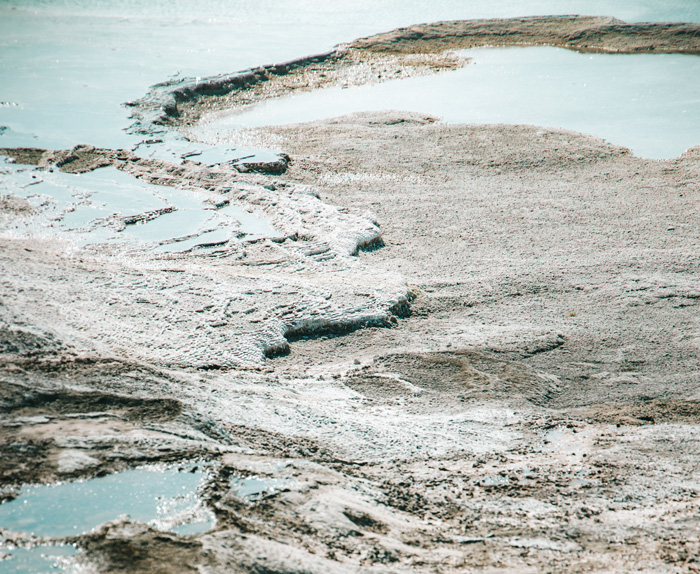 For years it was believed that Earth was the only planet in our solar system with liquid water. More recently, NASA revealed its strongest evidence yet that there is intermittent running water on Mars, too!
For years it was believed that Earth was the only planet in our solar system with liquid water. More recently, NASA revealed its strongest evidence yet that there is intermittent running water on Mars, too!
"Intermittent running water"? So Mars is in fact a cheap apartment in a run-down neighbourhood.
The Apollo astronauts' footprints on the Moon could last up to 100 million years.
The International Space Station (ISS) is the size of a football field.
It is possible to see the International Space Station from your backyard.
Hey, how do you know that? I'm pretty sure I've never invited you to my backyard!
There may be a huge planet at the edge of the Solar System nicknamed "Planet Nine".
Gamma-ray bursts can release more energy in 10 seconds than our Sun will in its entire 10 billion-year lifetime.
The radio signal that a spacecraft uses to contact Earth has no more power than a refrigerator light bulb.
The first-ever black hole photographed is 3 million times the size of Earth.
Coca-Cola was the first commercial soft drink that was ever consumed in space.
The first living mammal to go into space was a dog named “Laika” from Russia.
Alas, she didn't make it back alive, dying from overheating some hours into the flight.
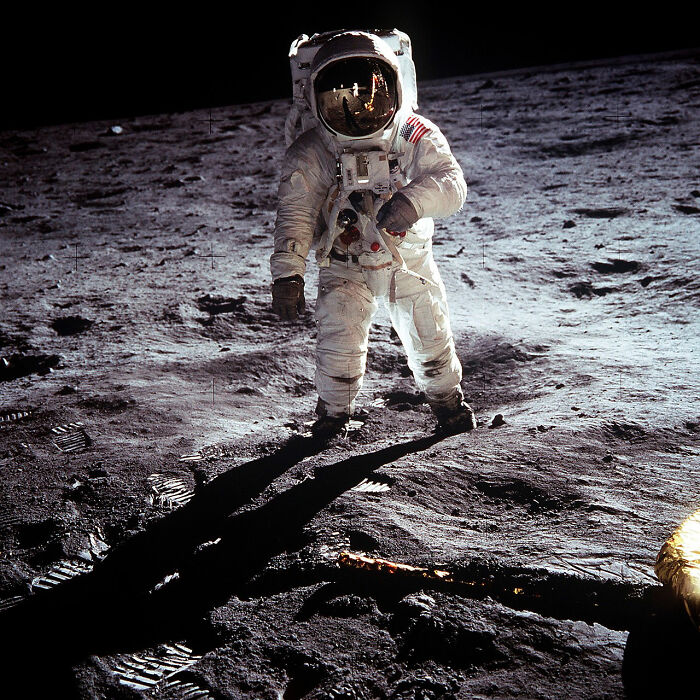 The word “astronaut” means “star sailor” in its origins.
The word “astronaut” means “star sailor” in its origins.
And also the word cosmonaut means " Universe sailor" I read that fact in a book
If you drilled a tunnel through Earth and jumped in, you would reach the other side in 42 minutes and 12 seconds.
A day on Venus lasts 243 Earth days. A year on Venus lasts 225 Earth days.
So it takes Venus 243 earth days to rotate one time. But it takes Venus 225 earth days to rotate once around the sun. Not gonna lie. I was confused at first lol
The center of the Milky Way galaxy has tens of thousands of black holes.
...which will eventually consume the entire galaxy. Just something to look forward to.
There are 2,000,000,000,000 galaxies in the observable universe.
Voyager 1 and 2 have been operating for more than 40 years.
There is a planet in our galaxy where the daytime temperature is nearly 2,000 degrees Fahrenheit, and it possibly rains glass horizontally.
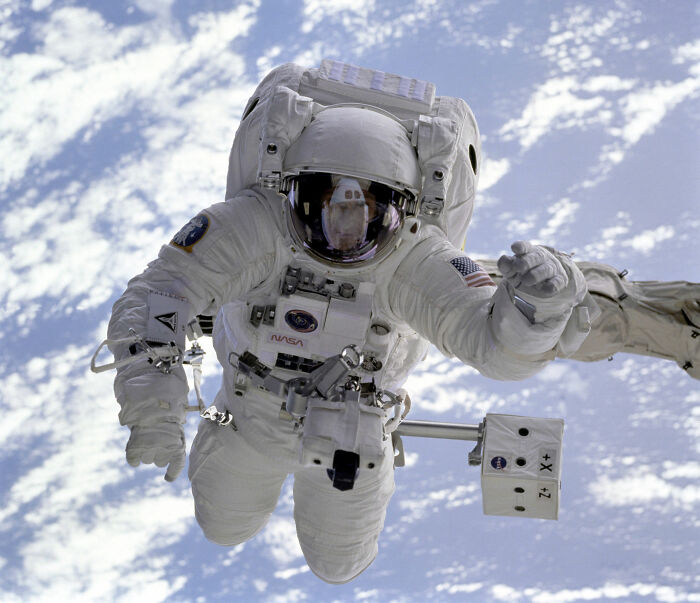 An estimated price of the spacesuit made in 1974 is between $15 and $22 million per unit.
An estimated price of the spacesuit made in 1974 is between $15 and $22 million per unit.
If two pieces of the same type of metal touch in space they will permanently bond.
Vacuum welding is quote a headache when designing satellites and space stations/ships. Gotta be careful not to make moving bits out of the same stuff.
Saturn's moon Titan has lakes, too. The liquid in Titan's lakes isn't water - it's a substance called methane.
The Sun loses a billion kilos per second.
The Sun makes a full rotation once every 25 – 35 days.
Oh, so it rotates, just like the planets? Have never thought about it.
There are more trees on Earth than there are stars in the Milky Way.
All planets in the solar system have been visited by uncrewed spacecraft.
Kind of depends on how you define visited, but we did fly relatively close to them at least.
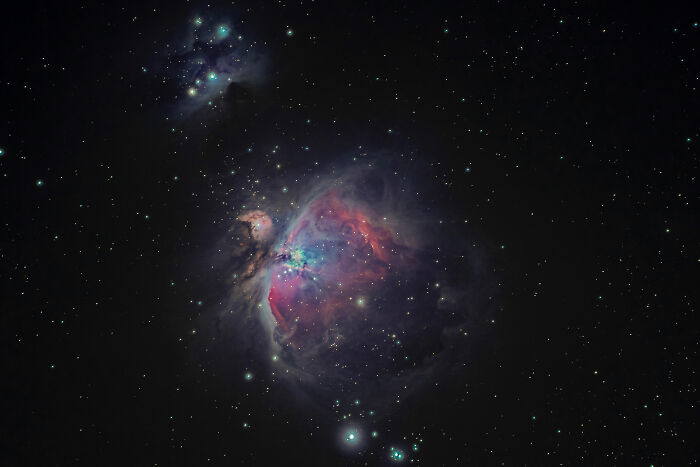 Planets can wander through space without a parent star.
Planets can wander through space without a parent star.
Rogue planets. Theories go that at least one of our orbitals is a captured rogue one and maybe another crashed into early earth with part of it and earth eventually becoming the moon.
Because of its unique tilt, a season on Uranus is equivalent to 21 Earth years.
In 2016, scientists detected a radio signal from a source 5 billion light-years away.
Astronauts can’t burp in space.
What? How? Why? What happens if they do? Do they explode? I need more info!
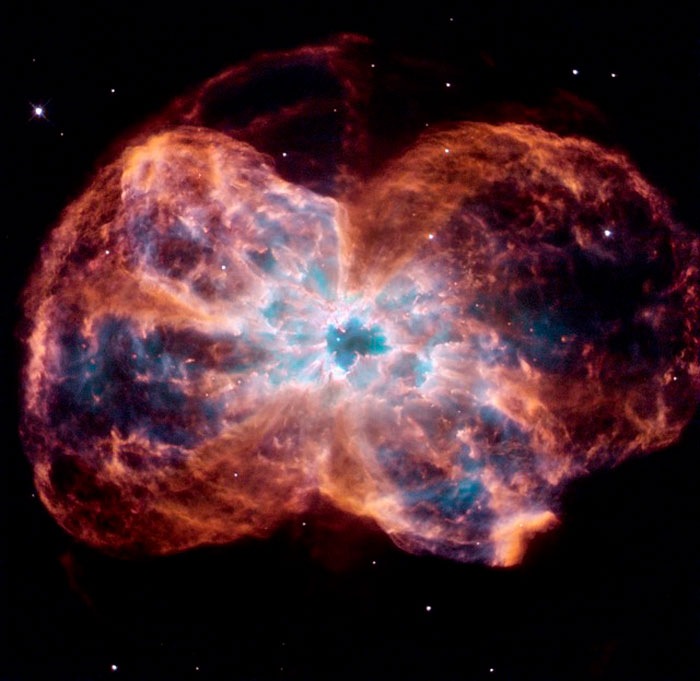 There’s a gas cloud in the constellation of Aquila that holds enough alcohol to make 400 trillion trillion pints of beer.
There’s a gas cloud in the constellation of Aquila that holds enough alcohol to make 400 trillion trillion pints of beer.
You wouldn’t be able to walk on Jupiter, Saturn, Uranus or Neptune because they have no solid surface!
If you could fly a plane to Pluto, the trip would take more than 800 years.
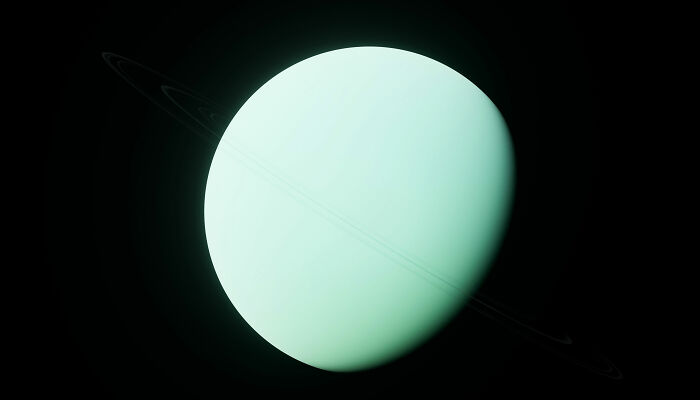 Uranus orbits the Sun on its side.
Uranus orbits the Sun on its side.
Enceladus, Saturn’s Moon, is the most reflective body in the solar system.
Jupiter's moon Io has towering volcanic eruptions.
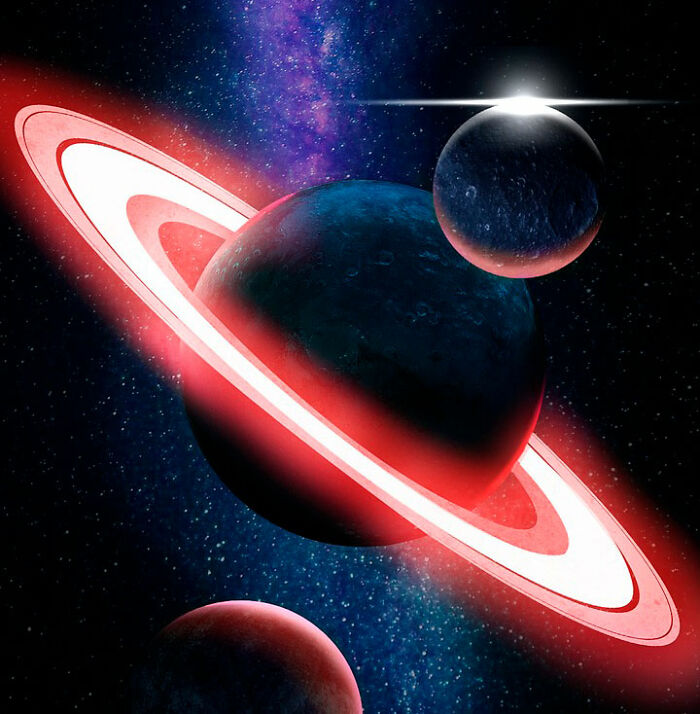 Saturn has a hexagonal-shaped storm.
Saturn has a hexagonal-shaped storm.
With little hexagonal storms at each of its points. Looks like an alien array from a movie.
One teaspoonful of neutron star would weigh the same as the Mount Everest.
The Moon is getting farther away every year.
So loving to the Moon and back also means that the feeling is only getting deeper?
Outer Space is only 62 vertical miles (100 km) away.
Stars twinkle because of the way light is disrupted as it passes through Earth’s atmosphere.
Asteroids are the byproducts of formations in the solar system, more than 4 billion years ago.
Mercury has no atmosphere, which means there is no wind or weather.
Buzz Lightyear from Toy Story has actually been to outer space!
There are rogue planets that have been knocked out of orbit just chilling out in the universe, and they could do the same to another planet.
Giants like Jupiter can swallow them or even brake and bend their trajectory so much they can settle as a moon or planet.
Saturn's rings sort of vanish every now and then.
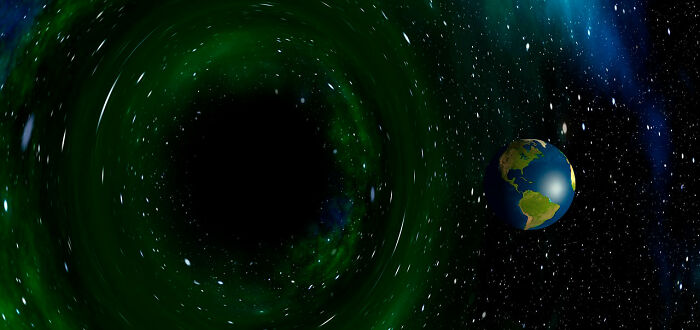 If you fell into a black hole, you'd get stretched out like spaghetti.
If you fell into a black hole, you'd get stretched out like spaghetti.
The dead skin of your feet peels off in Space.
VY Canis Majoris is the biggest star in the universe - about 2000 times the diameter of our Sun.
Space junk is any human-made object orbiting Earth that no longer serves a useful purpose. Scientists estimate there are about 500,000 pieces of space junk today, including fragments from rockets and satellites, and everyday items like spanners dropped during construction of the International Space Station.
You would last about 15 seconds in space without a spacesuit.
The solar atmosphere is 300 times hotter than the Sun's surface - up to more than a million degrees.
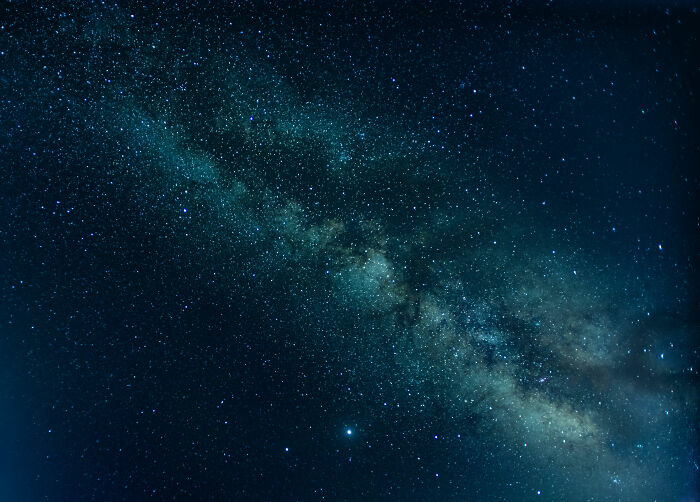 Clouds at the center of the Milky Way smell of rum, taste of raspberries and are packed with booze.
Clouds at the center of the Milky Way smell of rum, taste of raspberries and are packed with booze.
Mercury is the fastest planet in our solar system.
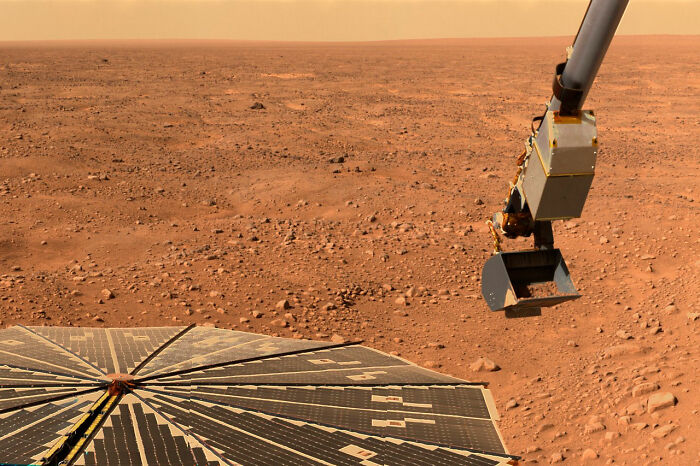 A day in Mars is only 40 minutes longer than a day on Earth.
A day in Mars is only 40 minutes longer than a day on Earth.
You say “only”, I say “an amazing 40 minutes of extra sleep”. We are not the same.
In our solar system that are 4 planets known as gas giants: Jupiter, Saturn, Uranus and Neptune.
Neptune’s moon, Triton, orbits the planet backwards.
Usain Bolt's speed would actually allow him to fly like a bird on one of Saturn’s moons while wearing a wingsuit.
The highest mountain known to man is on an asteroid called Vesta. Measuring a whopping 22km in height, it is three times as tall as Mount Everest!
In the darkest parts of space, temperatures can reach -454°F. But if you're orbiting near Earth in the sunlight, space is a toasty 250°F.
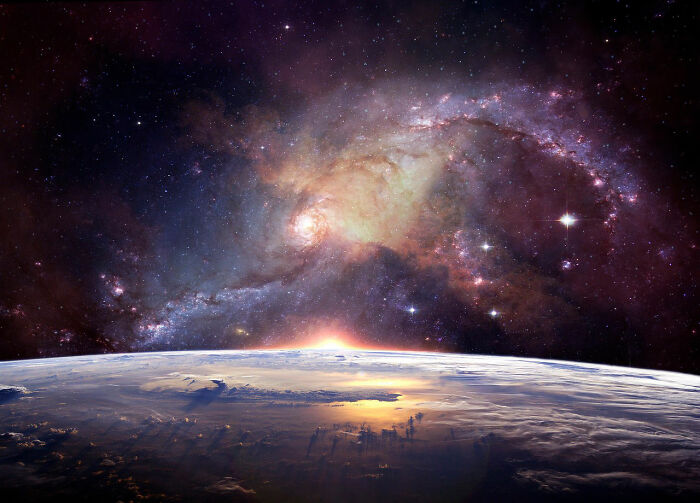 Space is vacuum but it's an imperfect vacuum because it contains a low density of particles like clouds of interstellar dust, space plasma, and cosmic rays.
Space is vacuum but it's an imperfect vacuum because it contains a low density of particles like clouds of interstellar dust, space plasma, and cosmic rays.
There are probably more than 1,000,000,000,000,000,000,000,000 (1 septillion) stars in the universe.
The Moon was once a piece of the Earth.
THEORIES: The Fission Theory: This theory proposes that the Moon was once part of the Earth and somehow separated from the Earth early in the history of the solar system. The present Pacific Ocean basin is the most popular site for the part of the Earth from which the Moon came. This theory was thought possible since the Moon's composition resembles that of the Earth's mantle and a rapidly spinning Earth could have cast off the Moon from its outer layers. However, the present-day Earth-Moon system should contain "fossil evidence" of this rapid spin and it does not. Also, this hypothesis does not have a natural explanation for the extra baking the lunar material has received. The Capture Theory: This theory proposes that the Moon was formed somewhere else in the solar system, and was later captured by the gravitational field of the Earth. The Moon's different chemical composition could be explained if it formed elsewhere in the solar system, however, capture into the Moon's present orbit is very improbable. Something would have to slow it down by just the right amount at just the right time, and scientists are reluctant to believe in such "fine tuning". Also, this hypothesis does not have a natural explanation for the extra baking the lunar material has received. The Condensation Theory: This theory proposes that the Moon and the Earth condensed individually from the nebula that formed the solar system, with the Moon formed in orbit around the Earth. However, if the Moon formed in the vicinity of the Earth it should have nearly the same composition. Specifically, it should possess a significant iron core, and it does not. Also, this hypothesis does not have a natural explanation for the extra baking the lunar material has received.
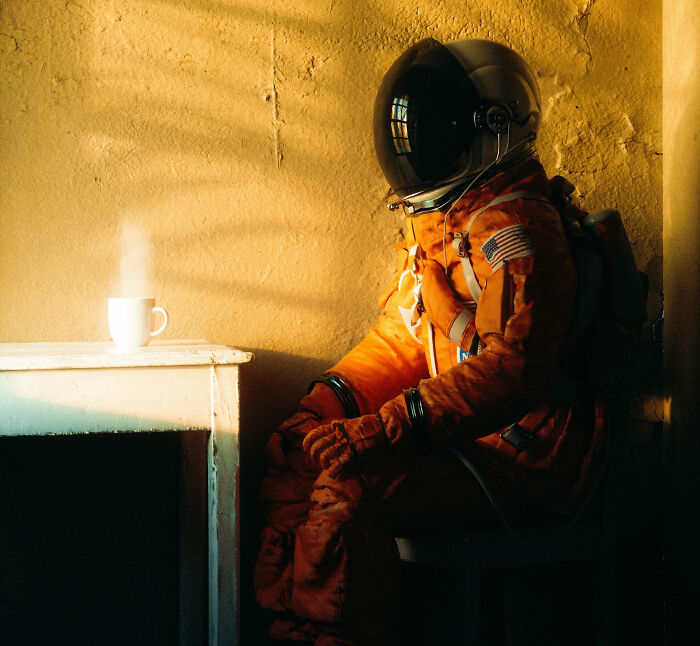 We often see astronauts in white spacesuits, but there are orange spacesuits too - it stands out against the ocean or the sky.
We often see astronauts in white spacesuits, but there are orange spacesuits too - it stands out against the ocean or the sky.
If your spacesuit started leaking, you could survive for a couple of minutes.
Black holes have theoretical opposites known as white holes.
This one intrigued me enough to look: https://en.wikipedia.org/wiki/White_hole
Valles Marineris is not just the largest canyon on Mars, but at 4000 km long, 200 km wide and 10 km deep it is the largest in the entire Solar System.
Uranus was originally called "Georgium Sidus" or “George’s Star”.
Because of students snickering at its name, scientists have changed the name Uranus to Urectum
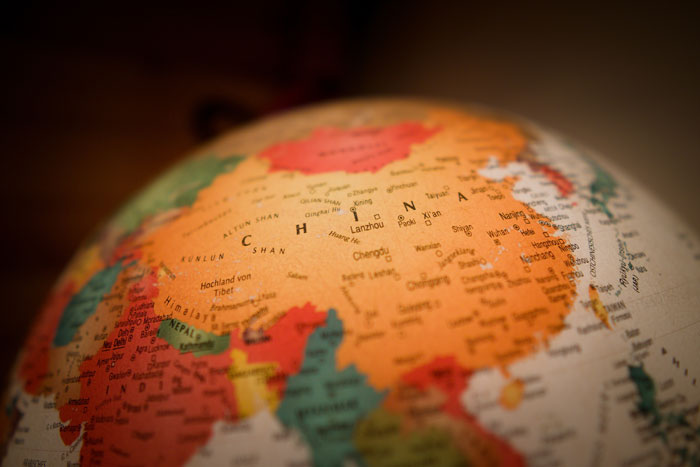 In China, the Milky Way is known as the “Silver River”
In China, the Milky Way is known as the “Silver River”
Falling space junk has a 10% chance of killing someone in the next decade.
The biggest black hole is Monster Black Hole.
.....Not so. Ton 618 is the is the most massive black hole yet to be found.
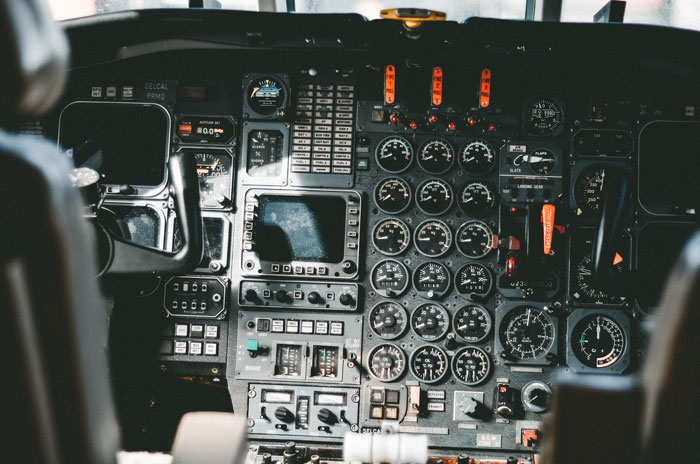 Launching things into space is wildly expensive.
Launching things into space is wildly expensive.
There are five officially recognized dwarf planets in the solar system.
The Sun will engulf Earth 5 billion years from now.
The universe is observed to be 13.8 billion years old and has been expanding since its formation in the Big Bang.
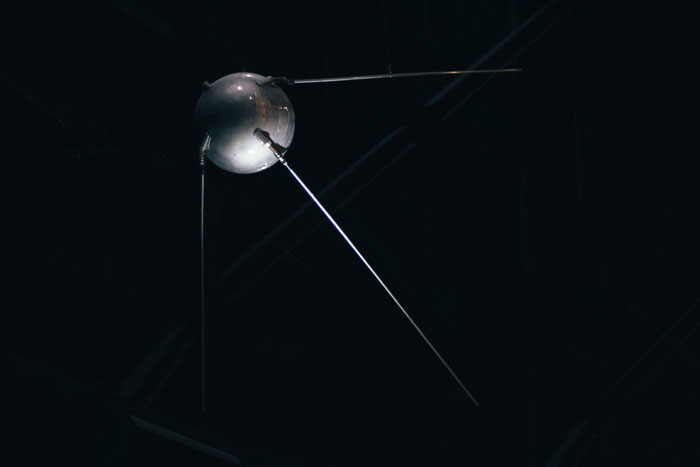 The first artificial satellite in space was called “Sputnik".
The first artificial satellite in space was called “Sputnik".
No explanation is given for quite a few of these and the information is questionable.
Agreed. I liked that you called out some of the things I questioned, too. I did look up a couple and was surprised. the dung beetle thing? Like how do they KNOW the tiny buggies are looking at THAT? Why not just the stars? Or their inner navigation systems? But there IS a study. Whether it's true or not... I dunno.
Load More Replies...No explanation is given for quite a few of these and the information is questionable.
Agreed. I liked that you called out some of the things I questioned, too. I did look up a couple and was surprised. the dung beetle thing? Like how do they KNOW the tiny buggies are looking at THAT? Why not just the stars? Or their inner navigation systems? But there IS a study. Whether it's true or not... I dunno.
Load More Replies...